Over the past few years banks are waking up to the importance of hyperpersonalisation by investing heavily in data analytics and cloud technologies to deliver tailored products and services in a bid to retain their customers’ loyalty.
Fintech News Singapore spoke with experts from Microsoft, Red Hat, digital bank group Tyme, Philippines’ UNO Digital Bank, HSBC, Brunei’s Baiduri Bank as well as banking software provider Temenos on how banks have readily embraced hypersonalisation strategies to fend off competition from bigtechs and fintechs alike.
The bar for customer satisfaction has been raised significantly in the financial services industry and Arvind Swami, Director FSI for Asia Pacific at Red Hat is of the opinion that this is because customers are already enjoying personalised experiences from other services, and expect their banking to be the same.
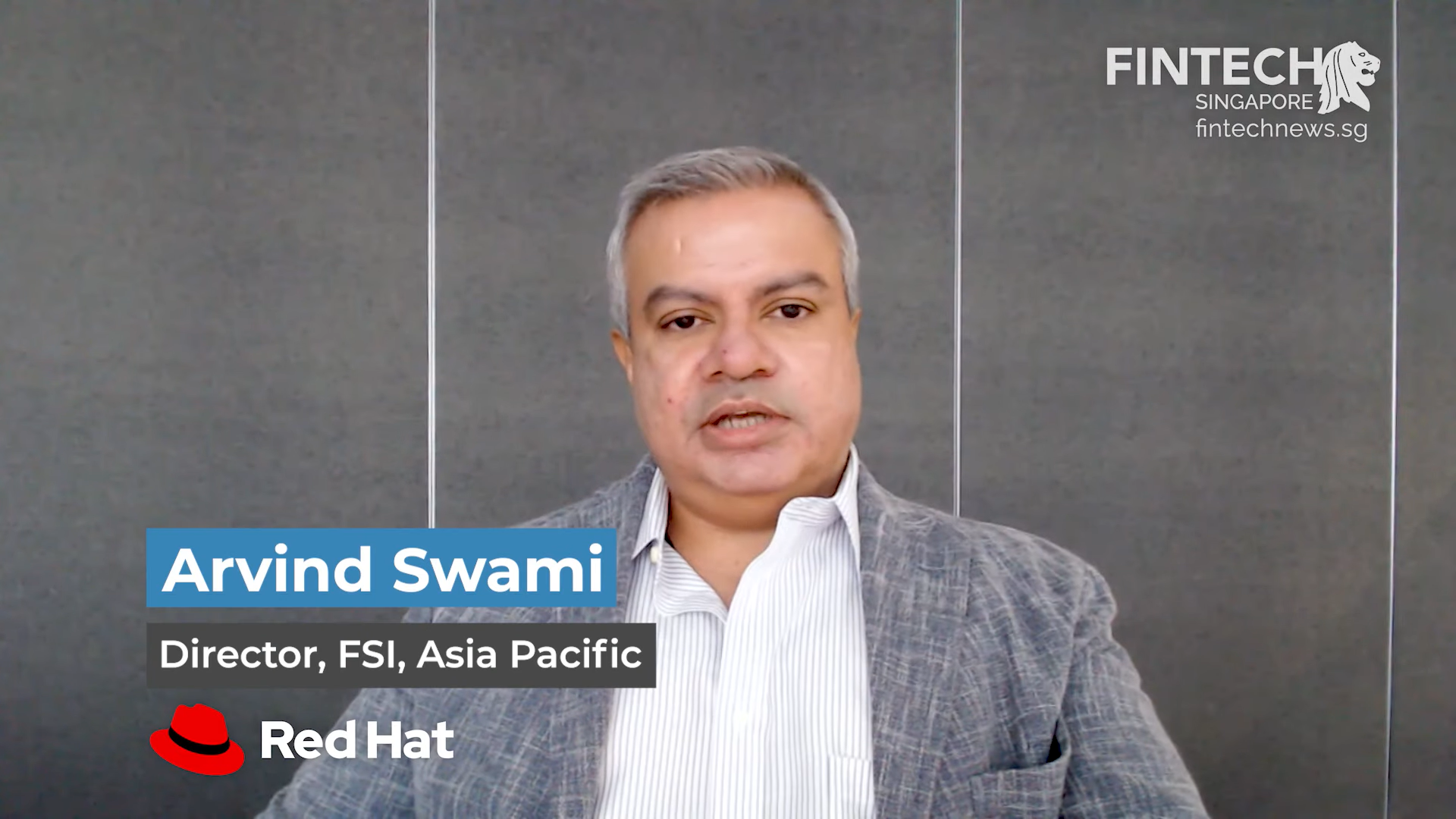
Arvind Swami, Director FSI, Asia Pacific, Red Hat
“Looking at other industries and looking at customer experiences in those industries … that has seeped in. Looking at the Uber and Grab of the world and they want similar customer experience,” said Arvind.
Banks need to have a 360° view of its customers
Connie Leung, Senior Director, Financial Services Business Lead for Asia at Microsoft expects “banks to have a 360° view of its consumers” in the age of hyperpersonalisation in banking.
This includes their personal accounts to their credit card spending, mortgages and wealth management account and more.
“So from that basis I do expect, as a customer, for the bank to have a 360 degree view of me and to be able to personalise what I should looking for in products and services rather than a one size fits all model. So I think this is where I really see banks need to be more focused on customised personalisation.”
 John Kane, Chief Innovation Officer at Tyme echoed this sentiment as he conceded that the “shotgun approach is not a thing that people want anymore”.
John Kane, Chief Innovation Officer at Tyme echoed this sentiment as he conceded that the “shotgun approach is not a thing that people want anymore”.
“As a digital player with less physical infrastructure coming into a market where there are established players , it’s really important to have a [hyperpersonalisation] plan.
We have the right kind of data analytics tools in place to be able to start delivering hypersonalisation first in messaging communication, product introduction.”
Data as key to unlock hyperpersonalisation for digital banks

John Kane, Chief Innovation Officer, Tyme
John shared that Tyme was in a unique position as a digital-only bank as the new entrant is not saddled by a legacy system built 50 years ago that they are trying to modify now.
Tyme is a multi-country digital banking group with a presence in South Africa as TymeBank as well as its newly-minted digital bank in the Philippines dubbed as GoTyme.
“So making available data about customer interactions with us, … the ability to architect and collect that data — we’re fortunate enough to get right from the beginning because we are a new entrant”.
Manish Bhai, who is spearheading UNO Digital Bank as its CEO, recognise that the hyperpersonalisation journey is not something that can be achieved in a short time frame.
UNO Digital Bank was one of the six entities to secure a digital bank license from the Bangko Sentral ng Pilipinas last year alongside GoTyme Bank, Tonik, Maya Bank, LANDBANK’s Overseas Filipino Bank, and UnionDigital Bank.
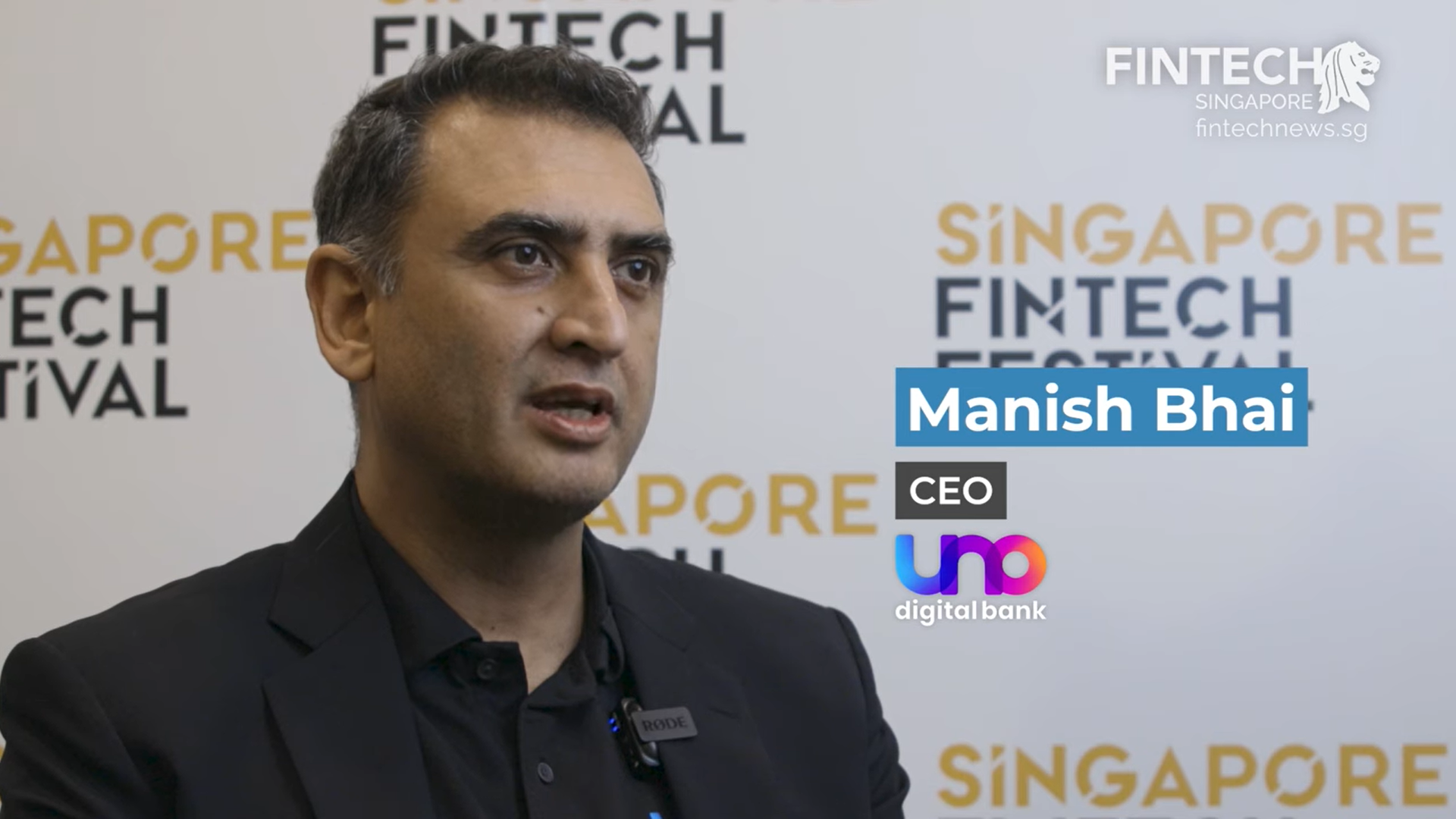
Manish Bhai, CEO, UNO Digital Bank
“Hypersonalisation is not a one-day journey, it’s a roadmap. It’s an evolving roadmap because with advancement in technology, you can go deeper and deeper into hyperpersonalisation,” Manish said. He added that there is “no point in swarming customers with each and everything that is not relevant for them”.
Manish noted that banks generally have limited engagement with their client and that they have to make the most of it if they really want to make a difference in their financial life.
This echos John’s earlier statement about the importance of customer data as the foundation for a bank’s hyperpersonalisation roadmap.
Incumbent banks are stepping up their hyperpersonalisation strategies
While digital banks may have a leg up as they are unencumbered by legacy systems, incumbent banks have not been asleep at the wheel as they plot their own hyperpersonalisation strategies.
Lee Zhu Kuang, Chief Digital, Data and Innovation Officer at HSBC pointed out that hyperpersonalisation is a mega trend that is focused on customisation as well as embedded finance which has brought about major changes in the financial services industry.
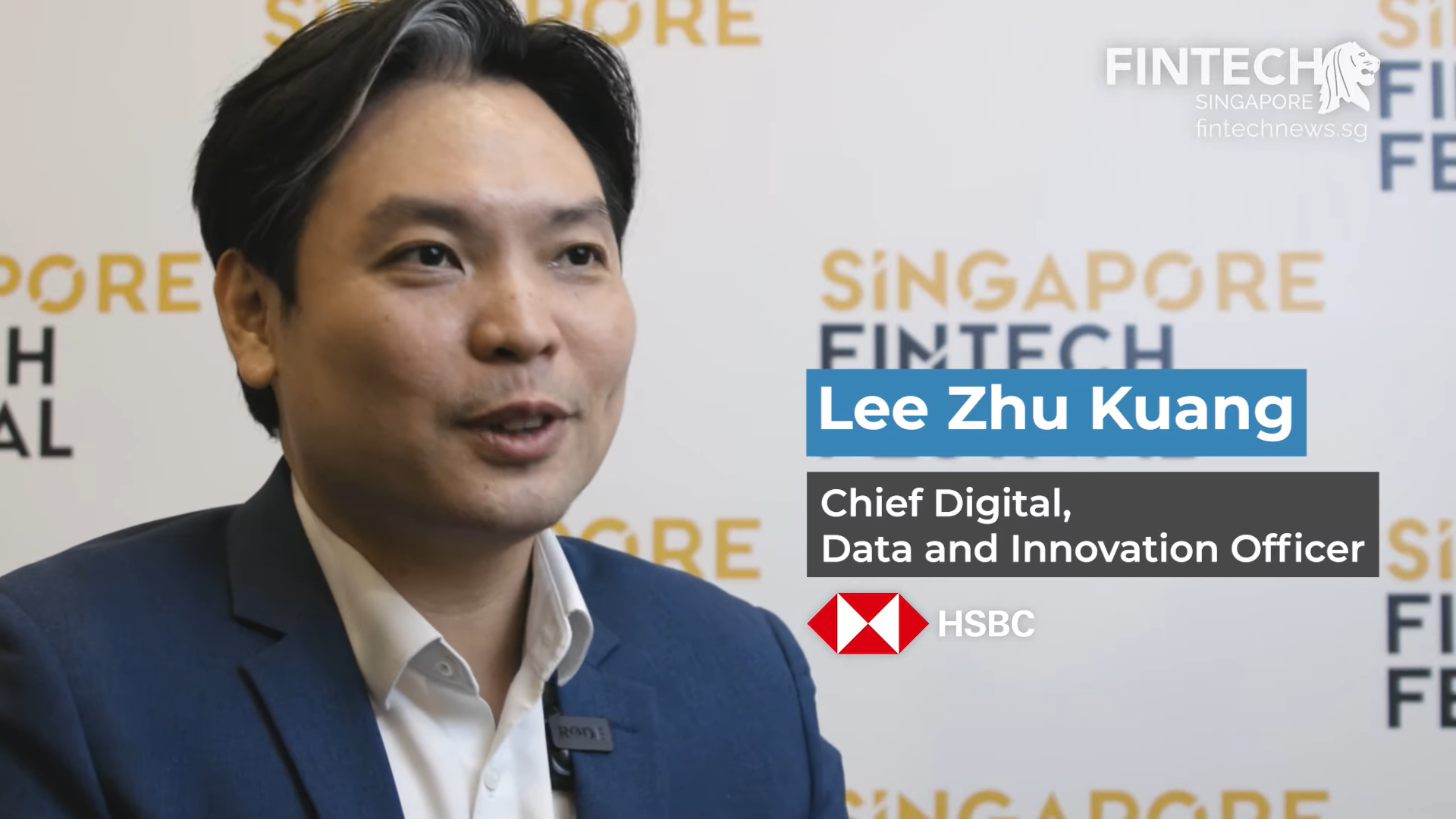
Lee Zhu Kuang, Chief Digital, Data and Innovation Officer, HSBC
Lee added that “financial services is no longer the same as before we have to be part of the daily life of our clients and we have to be embedded in the workflow as well”.
Baiduri Bank had the foresight to realise this by investing heavily to shift away from its legacy system and turned to Temenos’ composable banking services to become more agile and remain competitive.
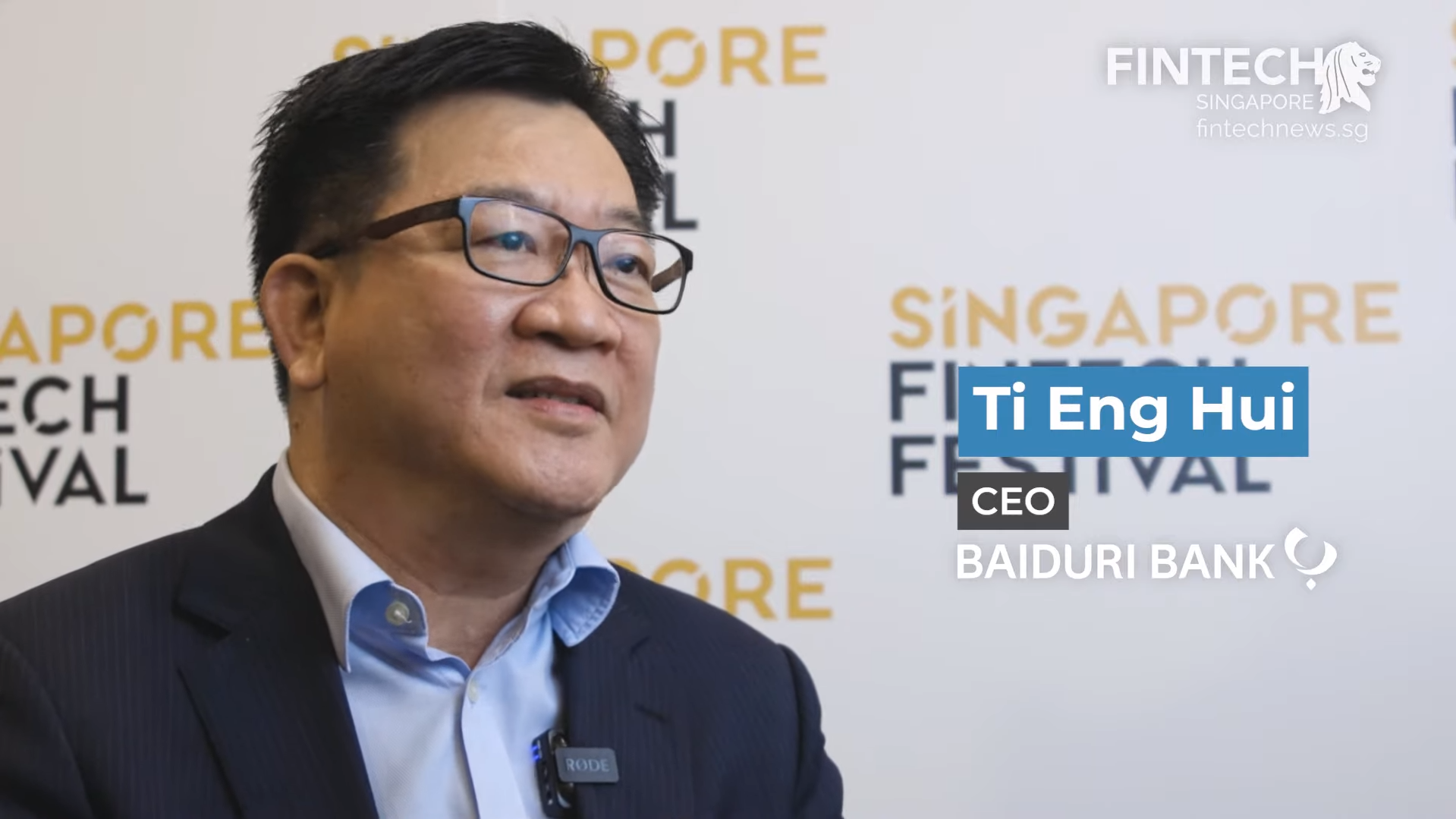 Baiduri’s move to Temenos is the right step towards creating enhanced customer engagement as part of its hyperpersonalisation strategy.
Baiduri’s move to Temenos is the right step towards creating enhanced customer engagement as part of its hyperpersonalisation strategy.
Ti Eng Hui, CEO of Baiduri attested to this by adding that “with the move for the bank into Temenos cloud computing, that is the building block for many things to come”.
Composable banking on Temenos Banking Cloud
Craig Bennett, Managing Director for Asia Pacific at Temenos explained that composable banking is about breaking up monolithic banking technology into granular capabilities. He compared it to Lego blocks that can be composed in any way one sees fit (i.e. composing a solution that fits the bank’s specific needs).
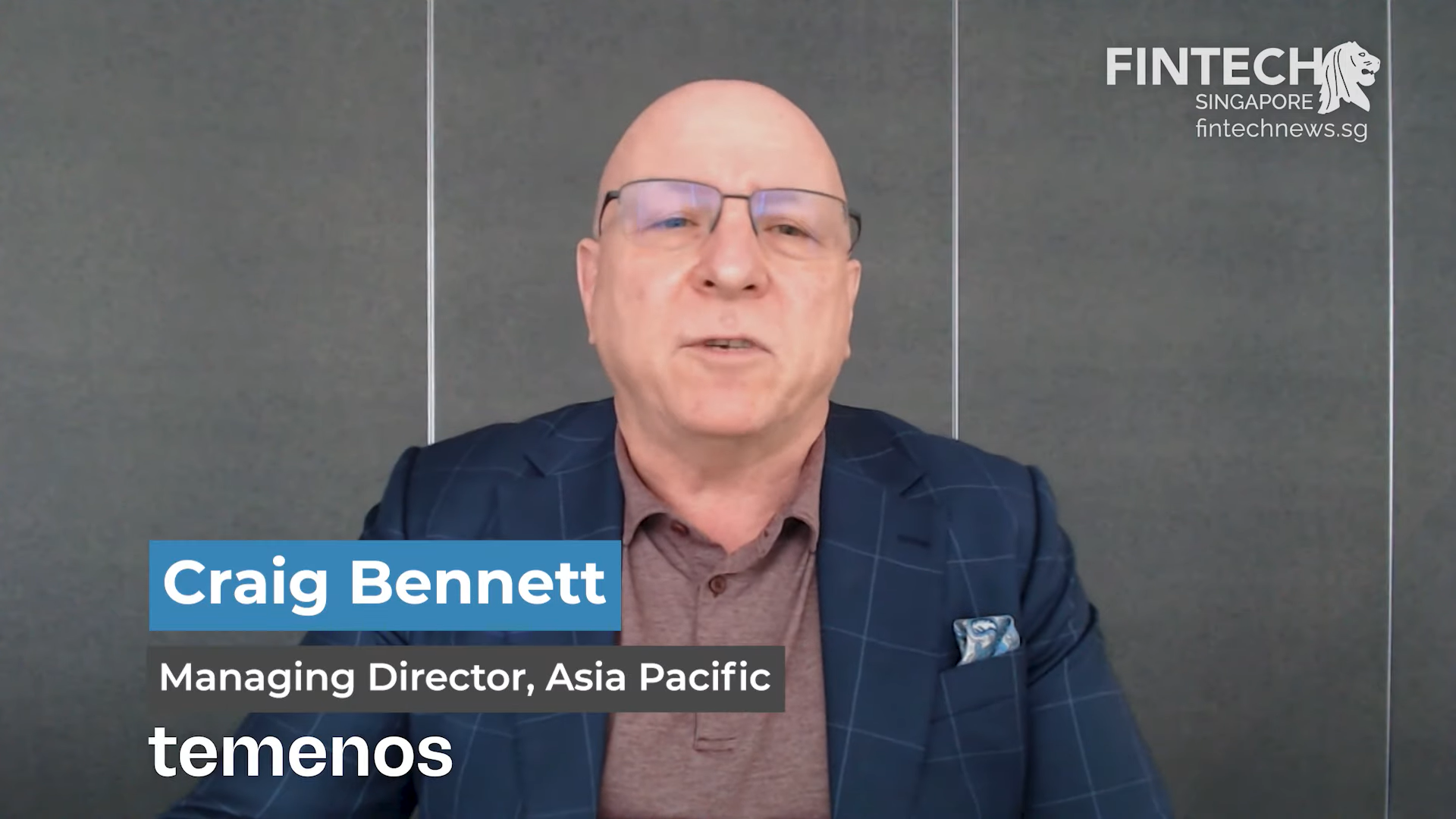
Craig Bennett, Managing Director, Asia Pacific, Temenos
Earlier last year, Temenos had launched its composable banking services on the Temenos Banking Cloud Platform to enable financial institutions to accelerate their product time-to-market.
This ability is critical for banks to remain agile and rapidly digitalise their processes as well as deliver hyperpersonalised experiences for their customers.
“Let me give you a couple of examples, a leading global fintech is using our services to launch their Buy Now Pay Later-related proposition across multiple jurisdictions.
In two years, they scaled up to 48 million loan applications – the CEO called it the fastest start to any product they had ever launched,”
said Craig.
Watch the full video here:
- SEO Powered Content & PR Distribution. Get Amplified Today.
- Platoblockchain. Web3 Metaverse Intelligence. Knowledge Amplified. Access Here.
- Source: https://fintechnews.sg/69038/cloud/embracing-the-age-of-hyperpersonalisation-in-banking/





